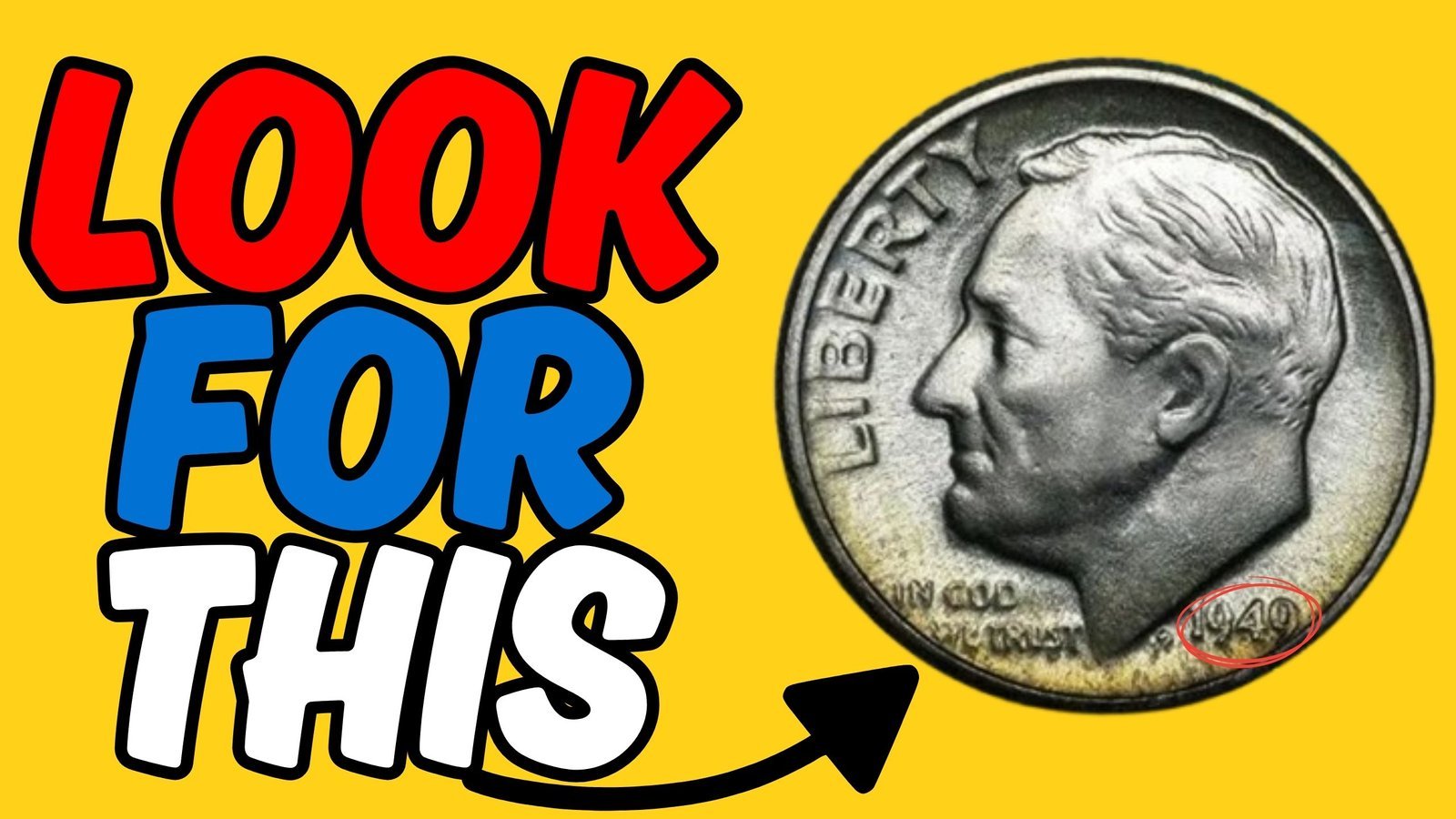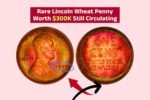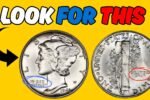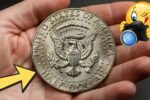kennedy half dollar worth : In the world of pocket change, surprises can be rare—but not impossible. Recently, buzz has erupted in the numismatic community about a Kennedy half dollar still in circulation that could be worth more than a gold bar. That’s right—this seemingly ordinary 50-cent piece, named after President John F. Kennedy, might be hiding in your change jar or coin roll, and it could be worth tens of thousands—or even more.
So, what’s the secret behind this coin’s shocking value? Let’s break it down.
The Kennedy Half Dollar: A Brief Overview
The Kennedy half dollar was first minted in 1964, just months after President Kennedy’s assassination. It was intended as a tribute and was quickly embraced by the public. The coin features Kennedy’s profile on the obverse and the Presidential Seal on the reverse.
From 1964 to 1970, the coins were struck in 40% to 90% silver, which already gives them more intrinsic value than their face amount. However, it’s not just the silver content that gives some of these coins massive value—it’s a mix of rarity, errors, condition, and collector demand.
How Could a Half Dollar Be Worth More Than a Gold Bar?
1. Ultra-Rare Mint Errors
The most valuable Kennedy half dollars are those with minting errors—such as double strikes, off-center prints, or wrong planchet strikes (when the coin is struck on the wrong type of metal). Some of these rare errors are so unique that collectors are willing to pay $50,000 to over $100,000 to own them—surpassing the value of a 1-ounce gold bar, which hovers around $2,000.
2. The 1964 Special Mint Set (SMS) Kennedy Half Dollar
This coin is the holy grail of Kennedy halves. Only a handful of 1964 SMS coins are known to exist—perhaps no more than a dozen. Unlike standard mint issues, these coins have a satiny finish, razor-sharp details, and no mint mark. One recently sold at auction for over $100,000.
3. High-Grade, Low-Mintage Coins
Even without errors, certain half dollars from limited mintages in perfect or near-perfect condition (graded MS68 or higher) can sell for thousands. Coins from 1970-D and 1987, which were not released for general circulation, are especially sought after in pristine condition.
Still in Circulation? Yes—But Rarely
While Kennedy half dollars are still legal tender and occasionally produced for collectors, most banks and stores don’t use them in everyday commerce. However, they do pop up from time to time in:
Bank rolls
Casino change
Coin-operated machines
Estate sales or inherited collections
It’s rare—but not impossible—to find a valuable Kennedy half dollar in circulation. A lucky coin roll hunter or thrift store buyer might unknowingly stumble across a piece worth tens of thousands.
How to Identify a Valuable Kennedy Half Dollar
Here are a few things to look for:
| Feature | What to Look For |
|---|---|
| Date | 1964 (90% silver), 1965–1970 (40% silver), 1970-D (low mintage), 1987 |
| Errors | Double strikes, off-center minting, planchet errors |
| SMS Finish | 1964 Special Mint Set coins—sharp details, matte-like luster |
| Mint Marks | Look for D (Denver), S (San Francisco), or missing marks |
| Condition | Coins graded MS65 and above bring premium value |
Frequently Asked Questions (FAQs..)
Q1: Is it true that a Kennedy half dollar is worth more than a gold bar?
Yes, certain rare Kennedy half dollars—especially those with mint errors, extremely low mintages, or unique characteristics like the 1964 Special Mint Set (SMS)—have sold for tens of thousands to over $100,000, which is more than the current value of a standard 1-ounce gold bar (~$2,000).
Q2: Which Kennedy half dollars are worth the most?
The most valuable ones include:
-
1964 SMS Kennedy Half Dollar (only a few known, worth up to $100,000+)
-
1970-D and 1987-P/D (low mintage, not released into circulation)
-
Coins with major mint errors (double strikes, wrong planchets, etc.)
-
High-grade coins (MS67 or higher)
Q3: Are Kennedy half dollars still being made?
Yes, but mostly for collectors. Since 2002, Kennedy half dollars are minted in limited quantities and sold directly to collectors, not released into general circulation. However, banks may still order them upon request, and older coins still occasionally surface in circulation.
A Kennedy half dollar worth more than a gold bar sounds far-fetched—but it’s very real. Thanks to rare variations, historical significance, and minting oddities, some of these 50-cent pieces have become prized treasures in the numismatic world.
Whether you’re a seasoned collector or just someone who likes to search coin rolls, remember this: every coin has a story, and some are worth far more than their face value.
You never know—the next time you get a half dollar in change, it might just be your golden ticket.




